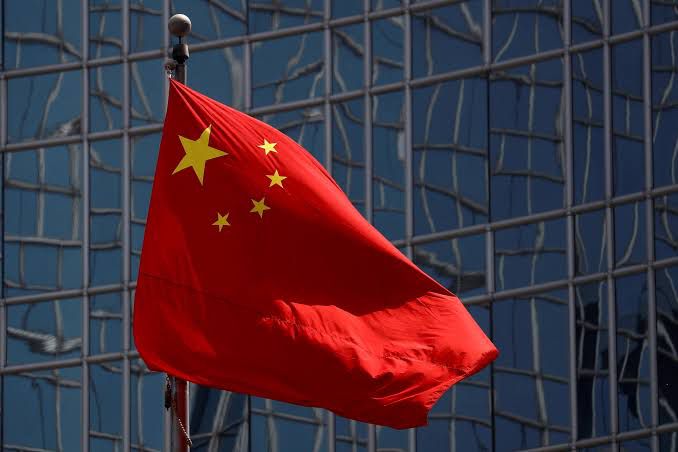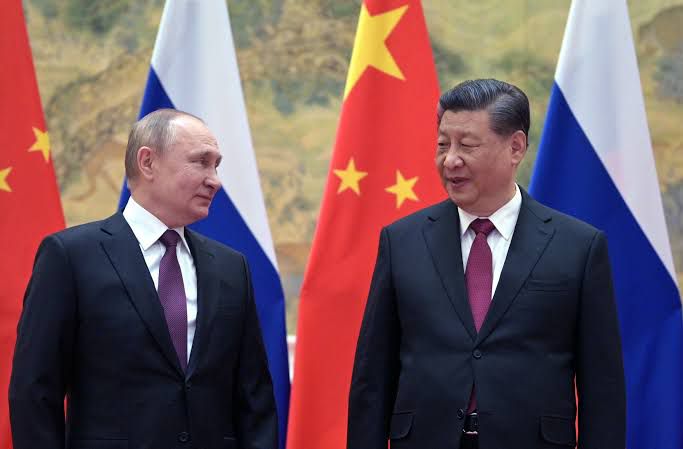According to a recent report from IHS Markit, the United States and China will be the main export and import markets for liquefied natural gas (LNG) in 2022, respectively.
Nigeria (17.9 MMt), Algeria (12.3 MMt), and Egypt were the biggest African exporters in 2021. (6.9 MMt). Over the last 24 months, investments in gas and LNG capacity have been made on the expectation that the LNG market’s excess will disappear after 2021, and that demand growth will outpace extra supply thereafter.
THE UNITED STATES
The rank is a rise from the third-largest LNG exporter in 2021, when it exported 73.6 million metric tonnes (MMt), trailing only Australia (83 MMt) and Qatar (81.3 MMt). Due to an expansion in liquefaction capacity and average plant utilisation climbing to 98% in the third quarter of last year, the United States will add 25 million metric tonnes of LNG capacity in 2021. Due to the shale revolution in the United States and growing liquidity in LNG markets, LNG development in the United States accelerated before the outbreak, with the commissioning of Venture Global’s 10 million tonnes per annum (MTPA) Calcasieu Pass LNG project, Tellurian’s 27.6 MTPA Driftwood LNG project, and Cheniere’s Sabine Pass Train 6 facility.
CHINA
China was the top importer of LNG in 2021, importing 81 MMt in 2021 and replacing Japan as the largest LNG importer globally. China has witnessed a significant surge in natural gas demand in the last year, with economic growth reaching 8% and electricity consumption growing by 10%.
Over 65 MTPA of long-term contracts were signed in 2021, rebounding to an all-time high after pausing in 2020. Even before the pandemic, the global LNG market was experiencing a shift away from long-term contracts with minimum purchase obligations and complex pricing structures, as LNG spot cargo was available at nearly half the price as LNG cargo under long-term contracts. Now, the report notes that spot LNG prices have skyrocketed above their oil price equivalent, settling at $40 per million British thermal units by December 2021 and no doubt contributing to the return to long-term contracts.
Increased worldwide gas accessibility, together with competitive prices brought on by the commencement of COVID-19, has sparked a boom in industrial gas demand, as expected. According to the International Gas Unions’ Global Gas Report 2020, gas demand for power production is predicted to grow at an average rate of 1% each year through 2040.


